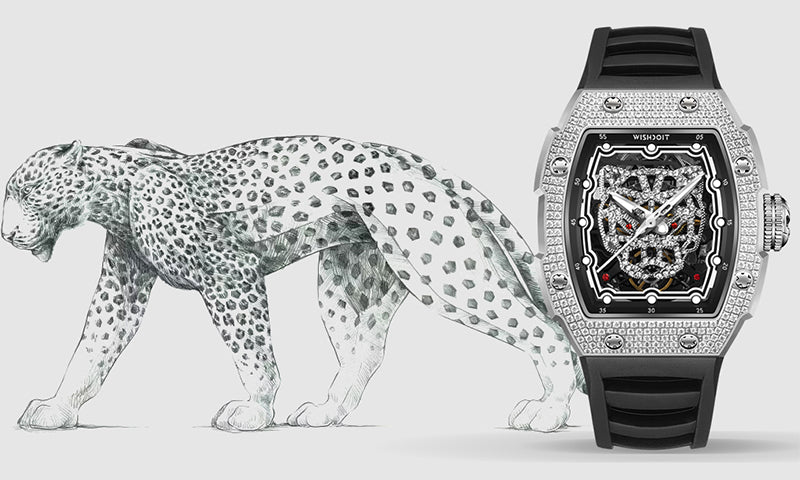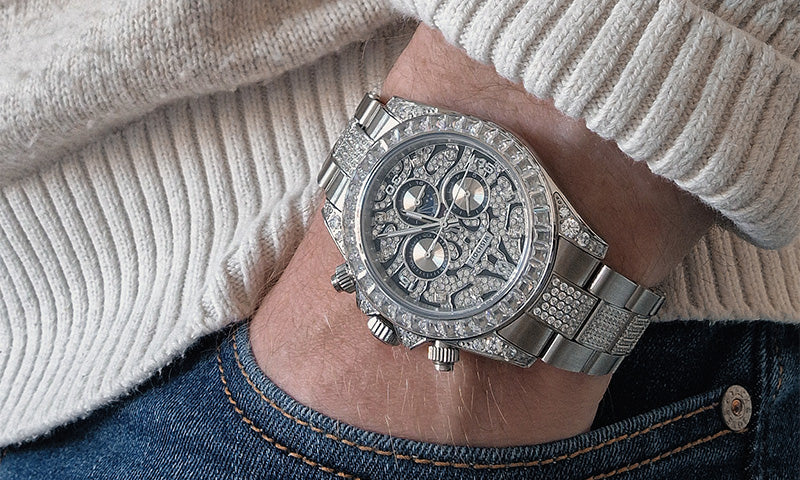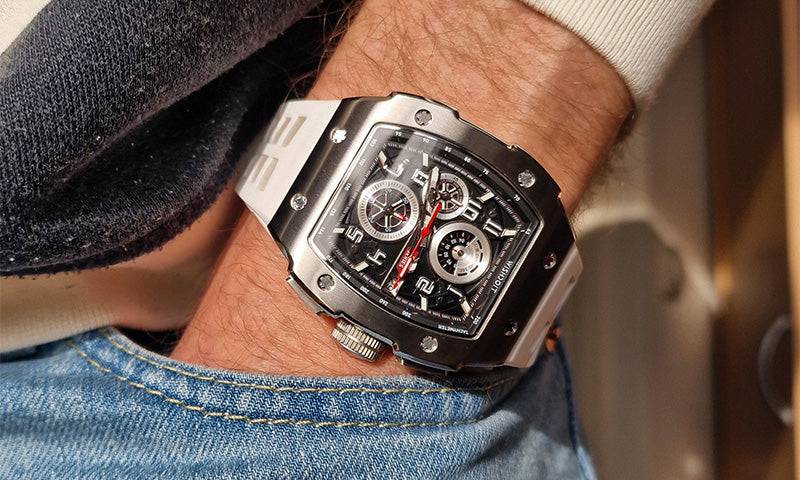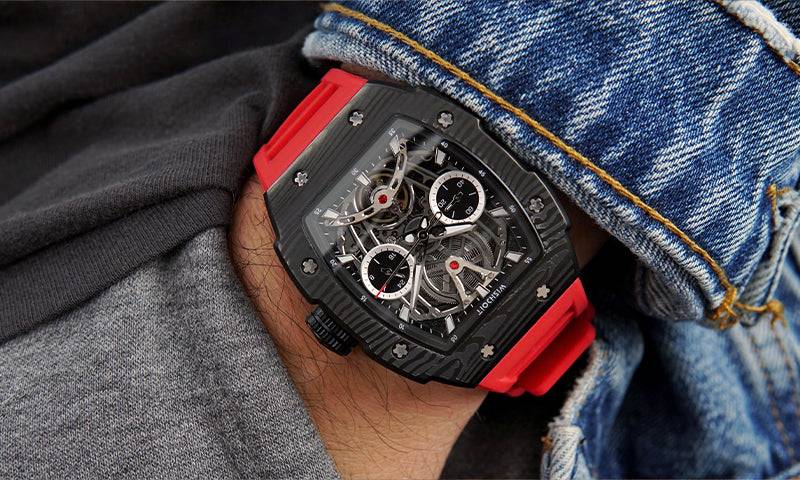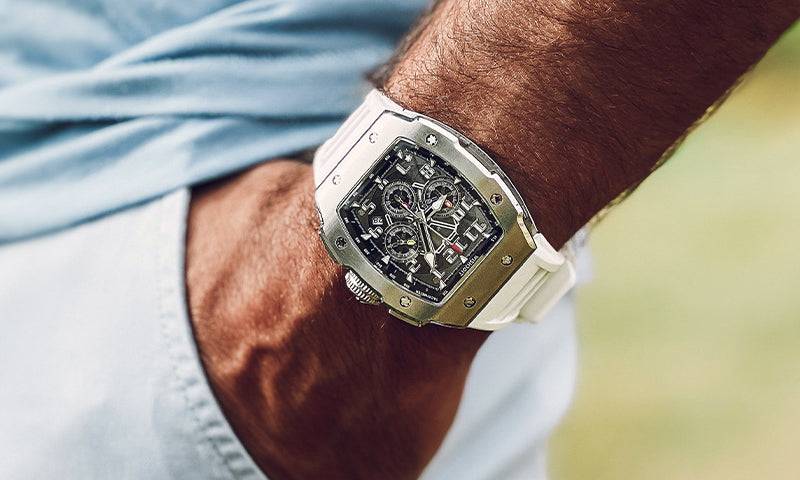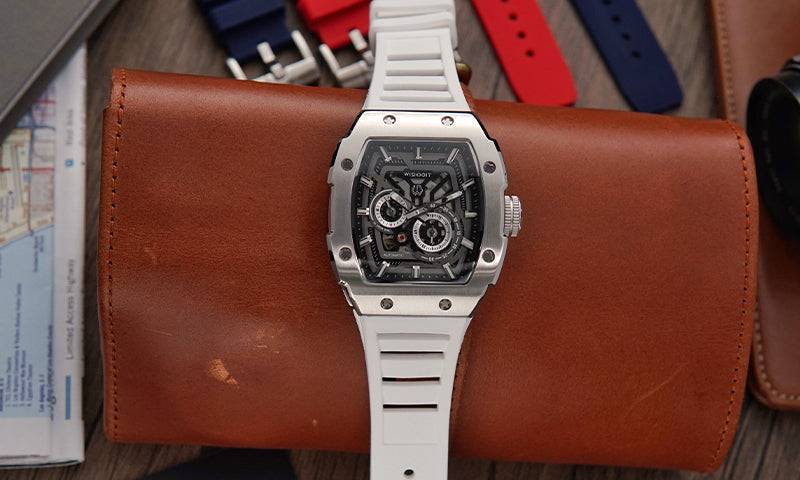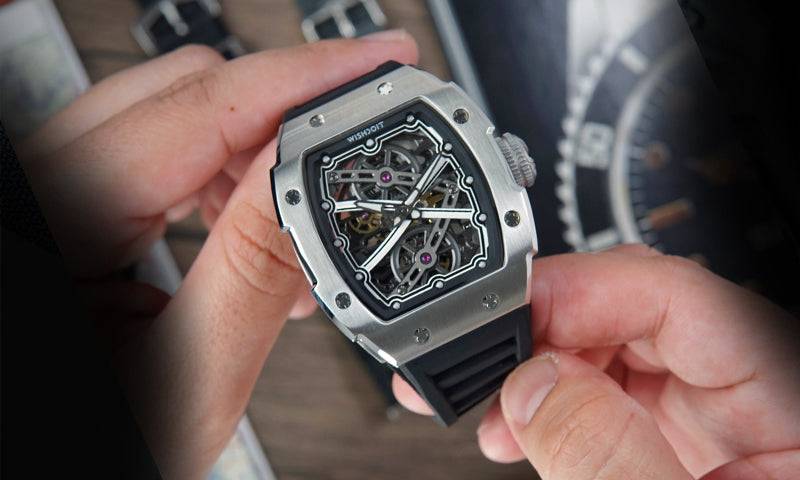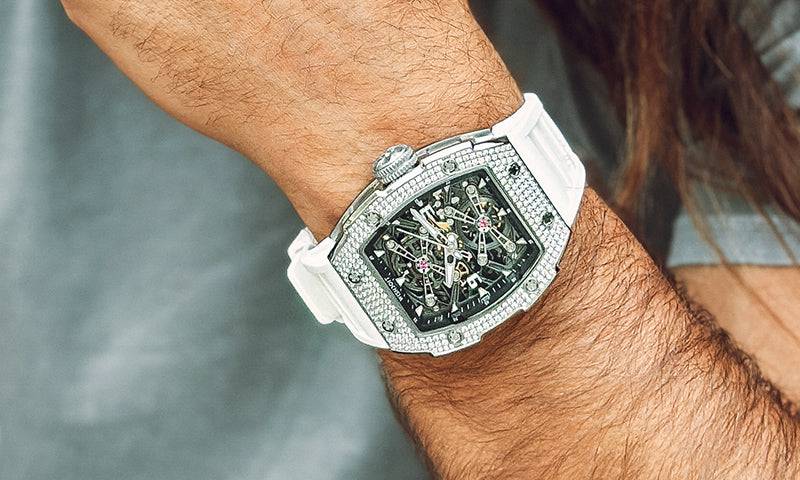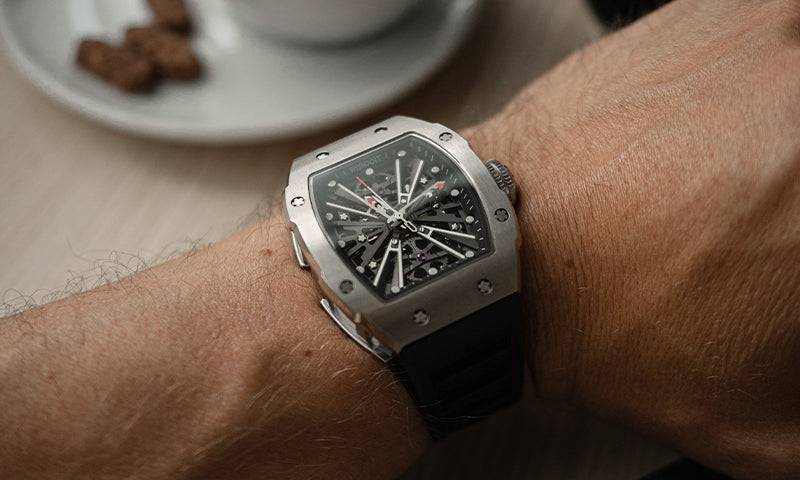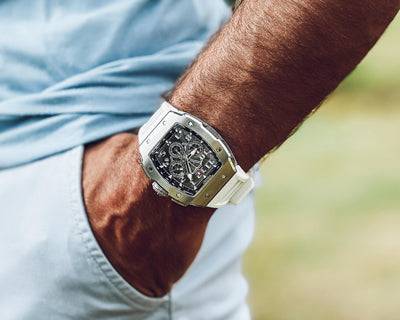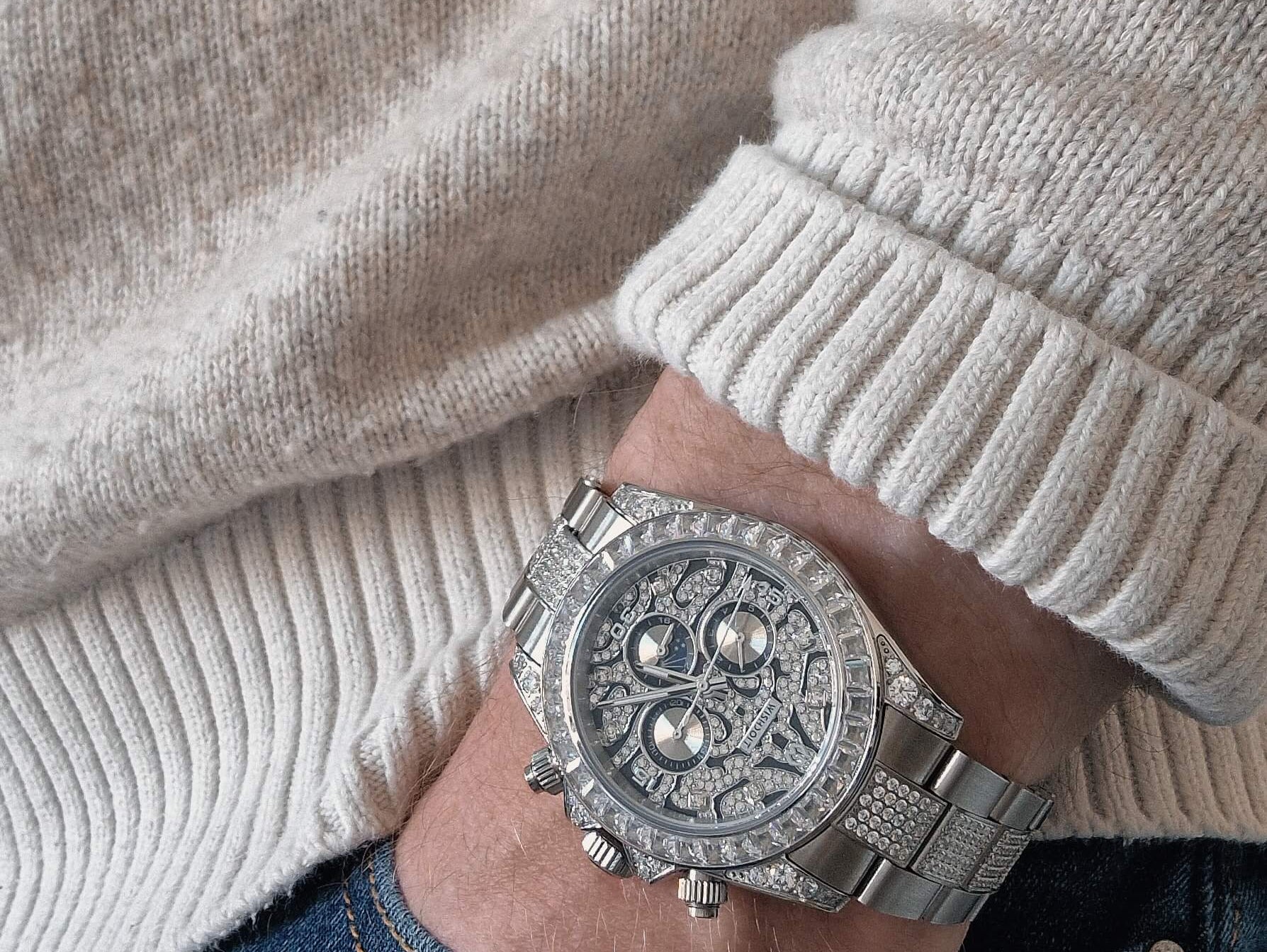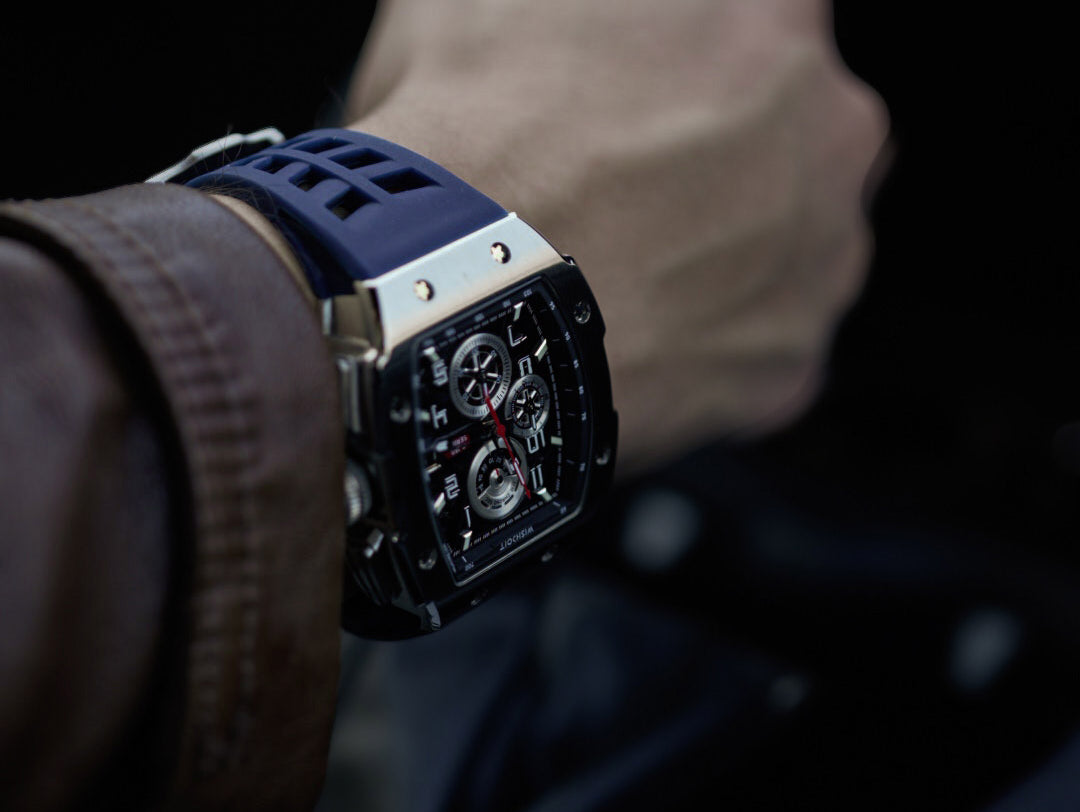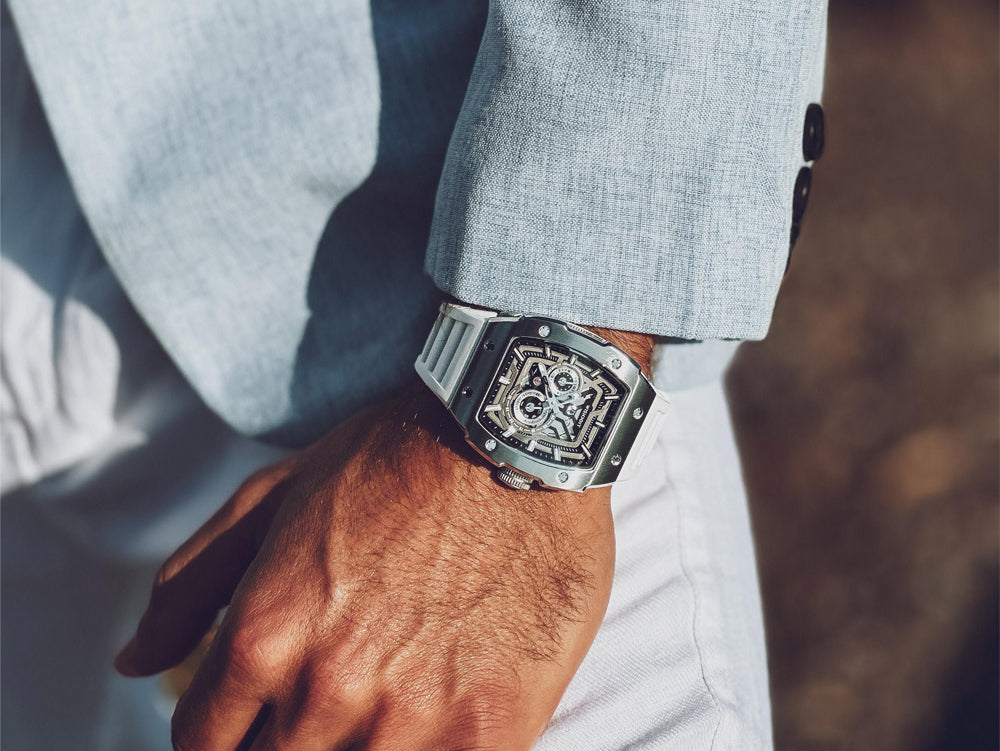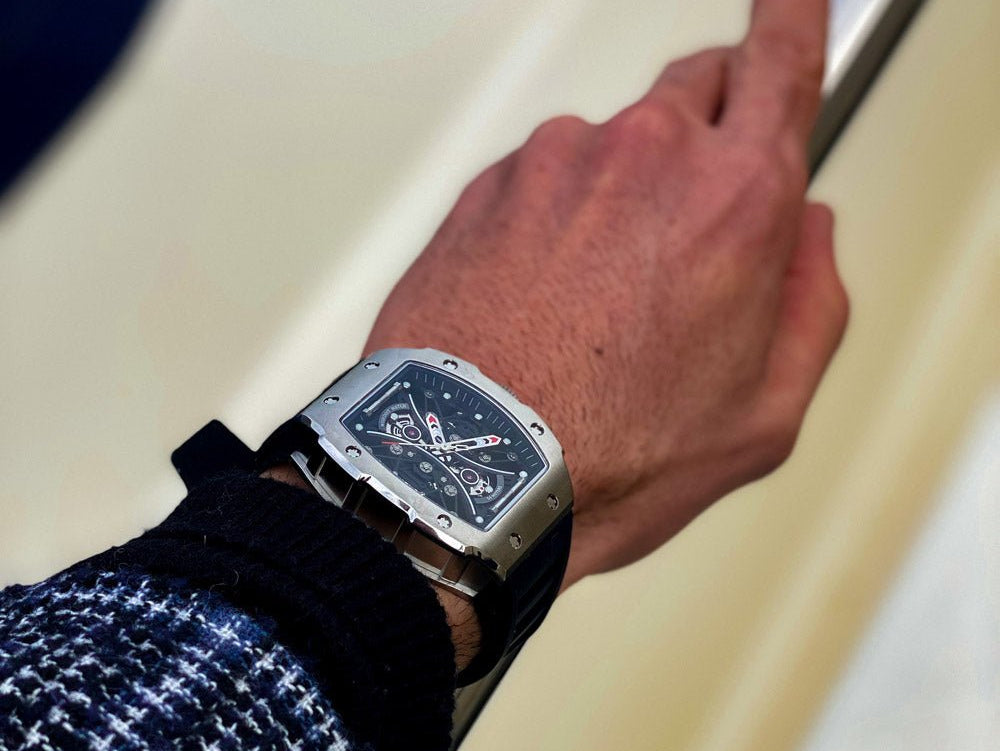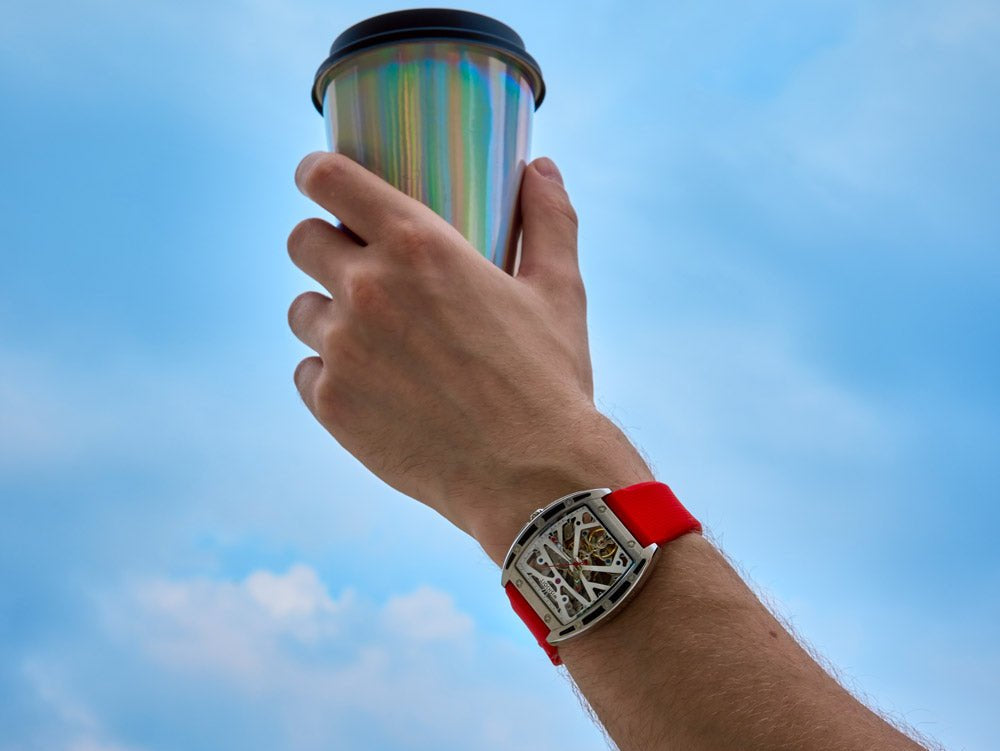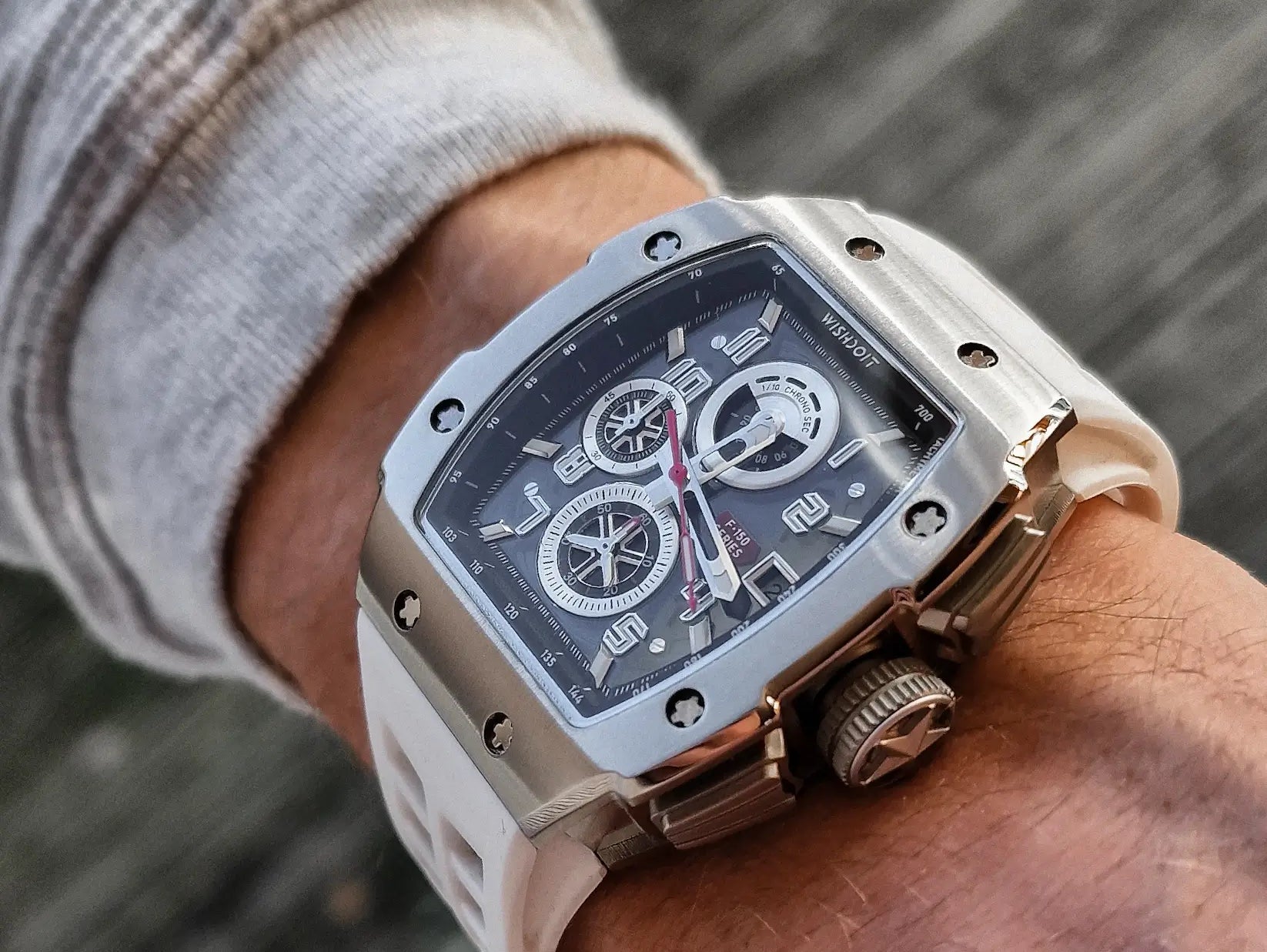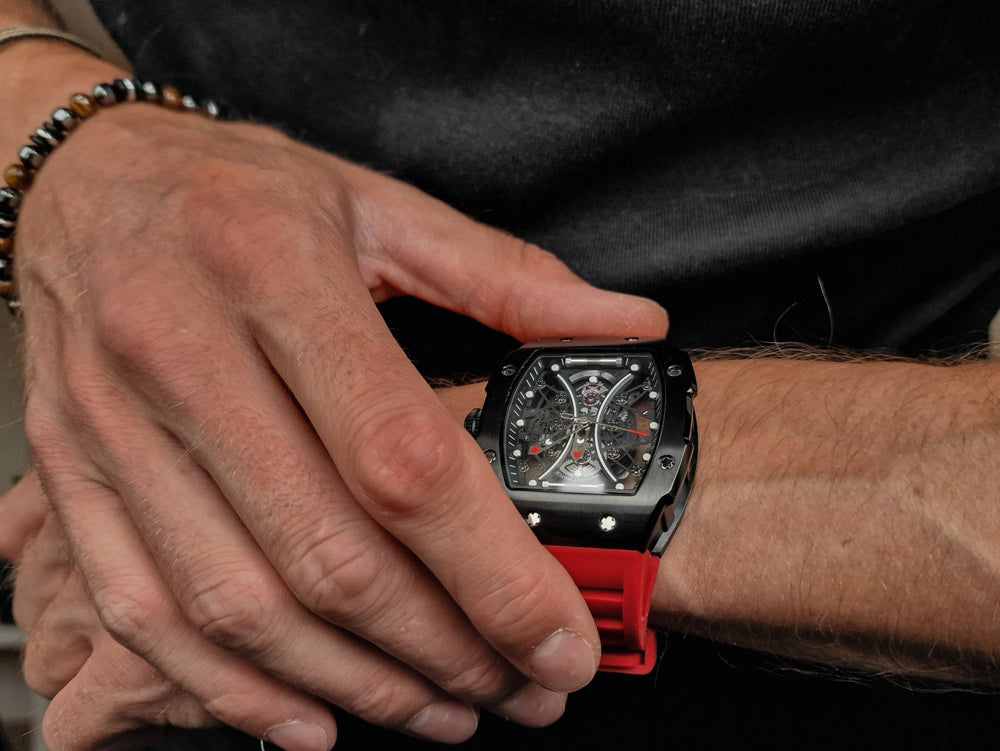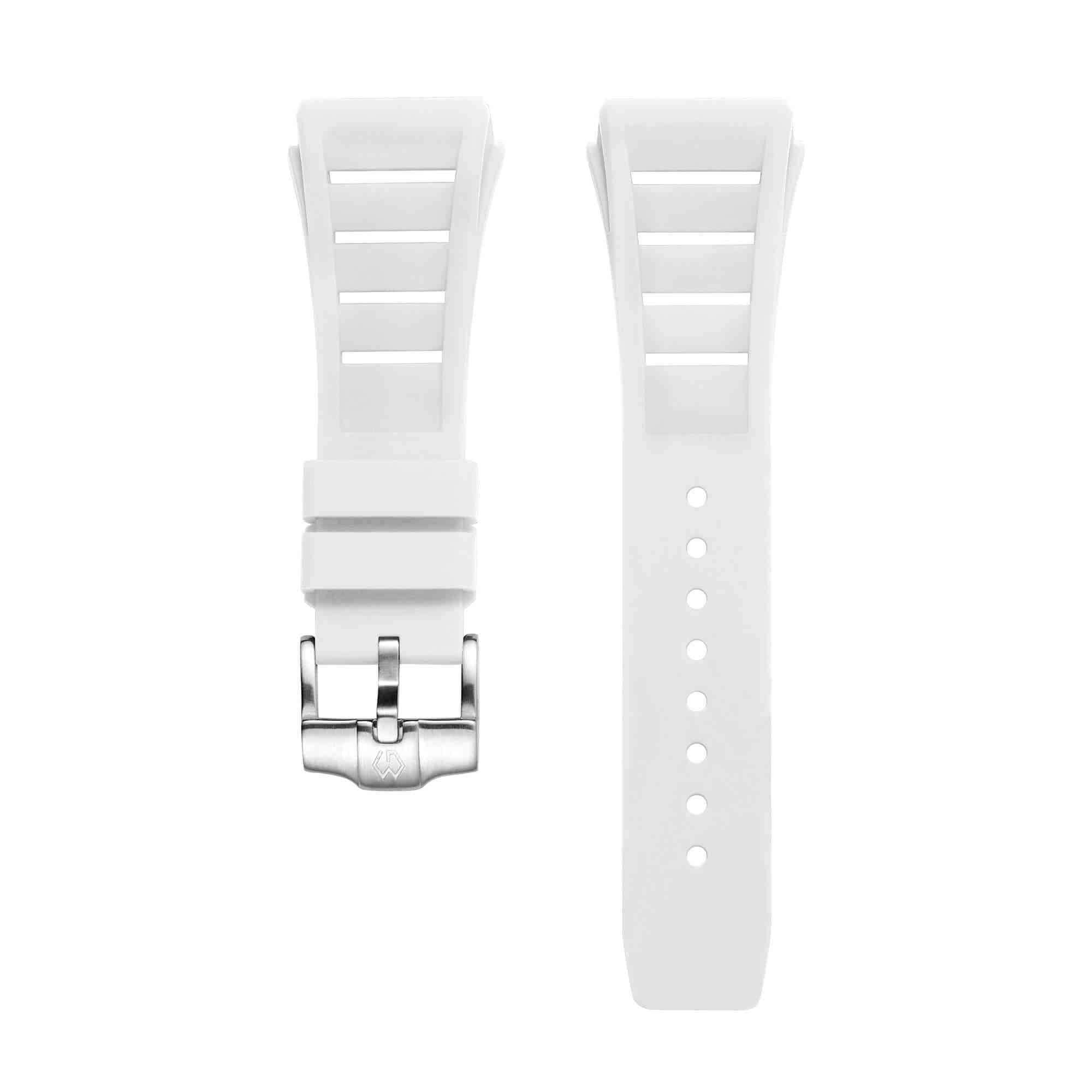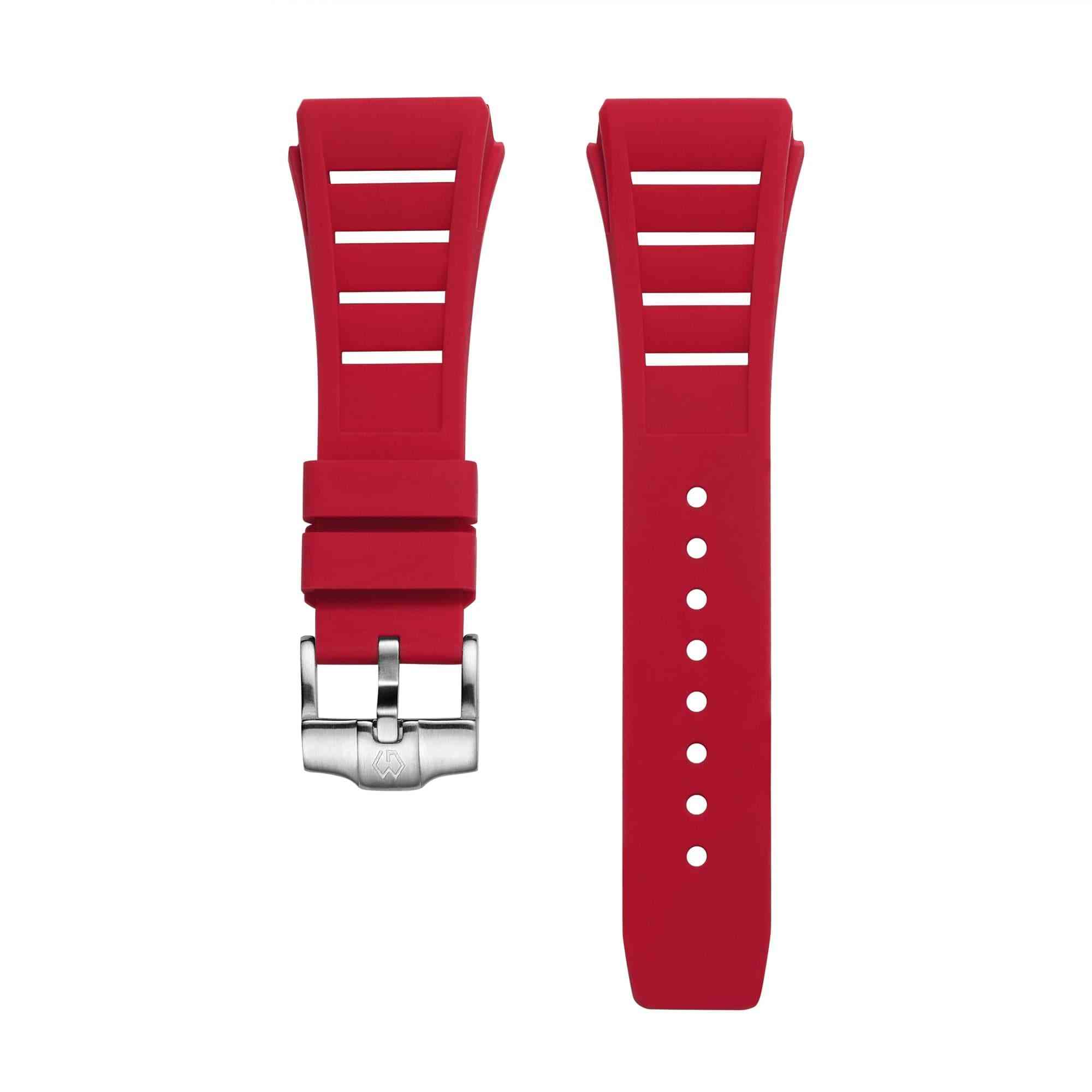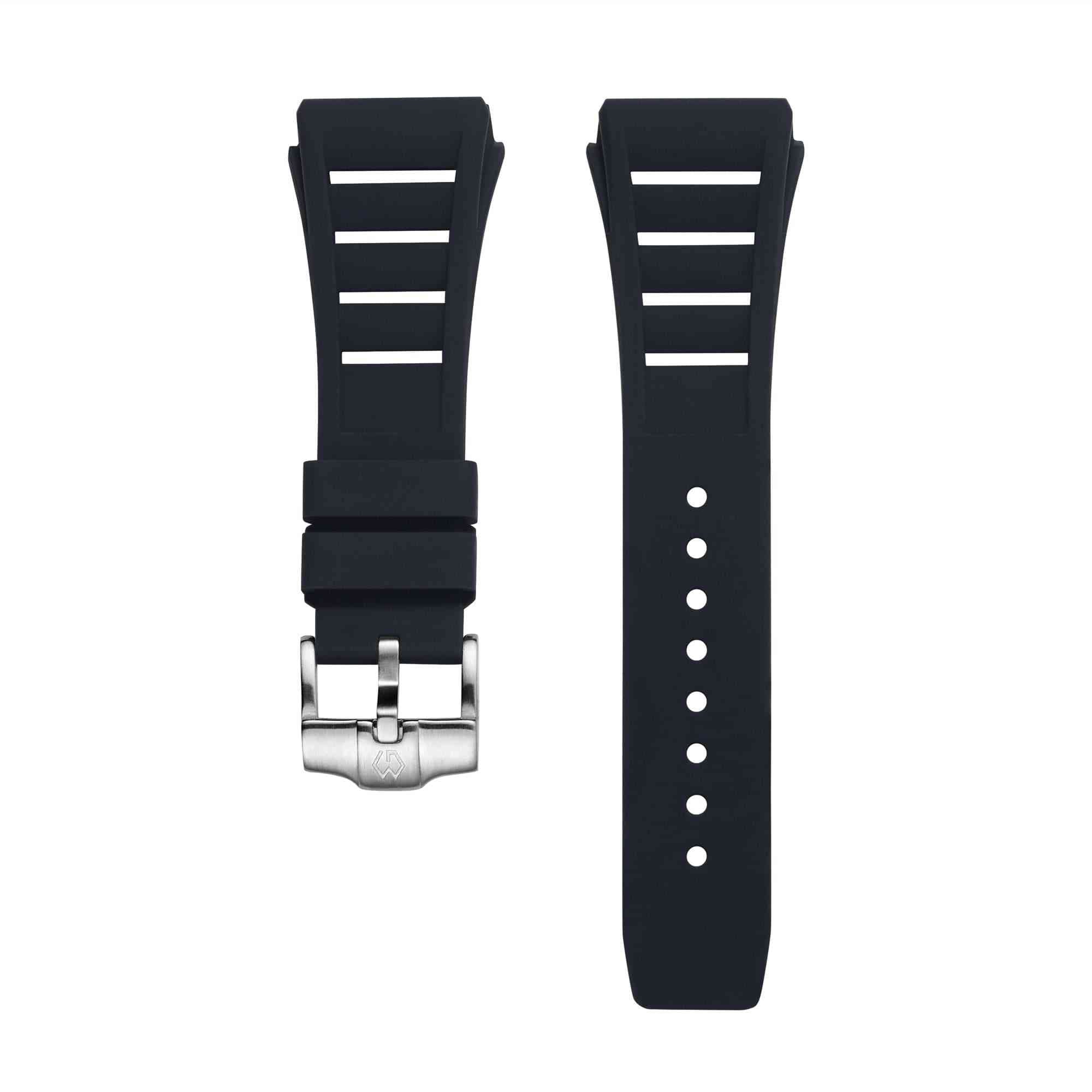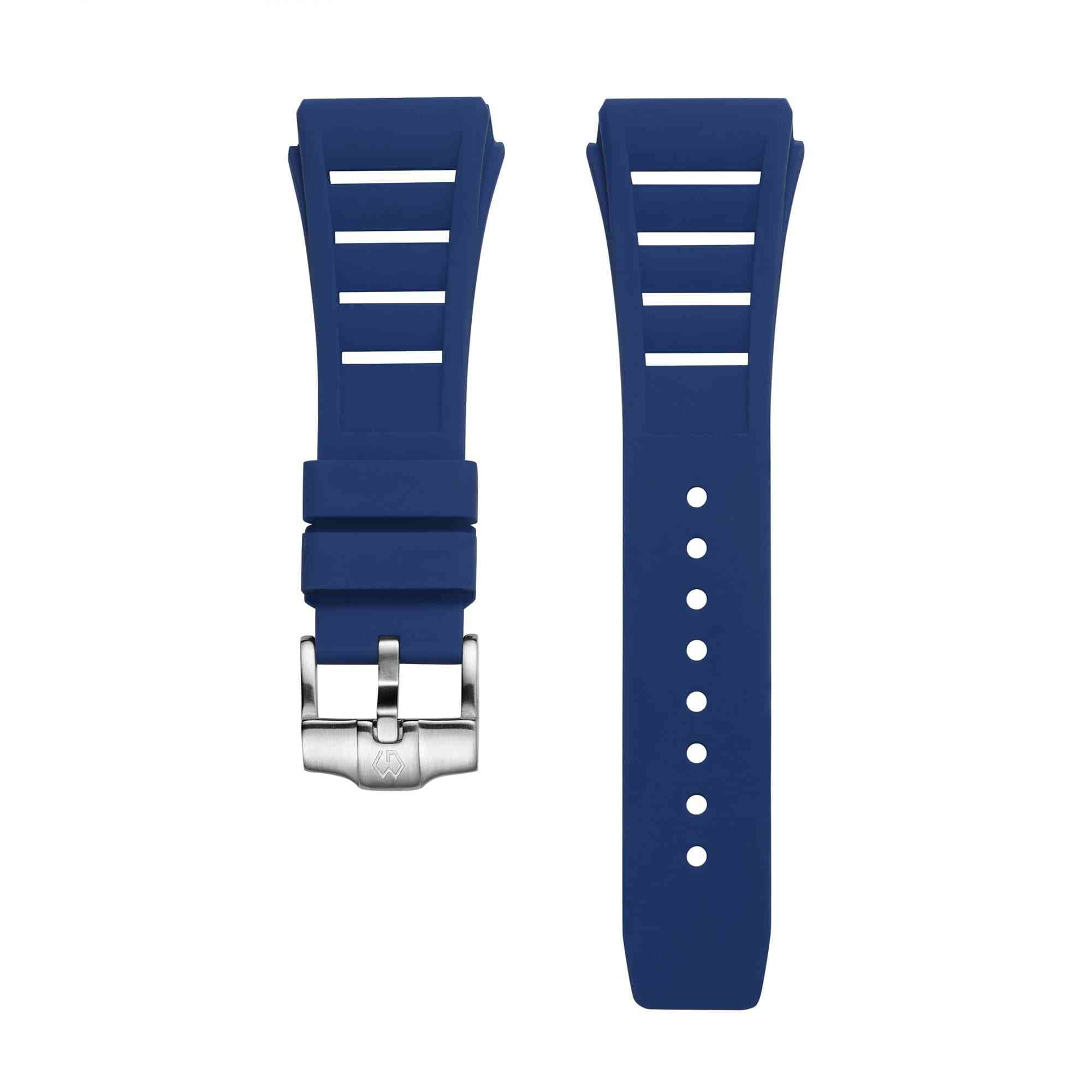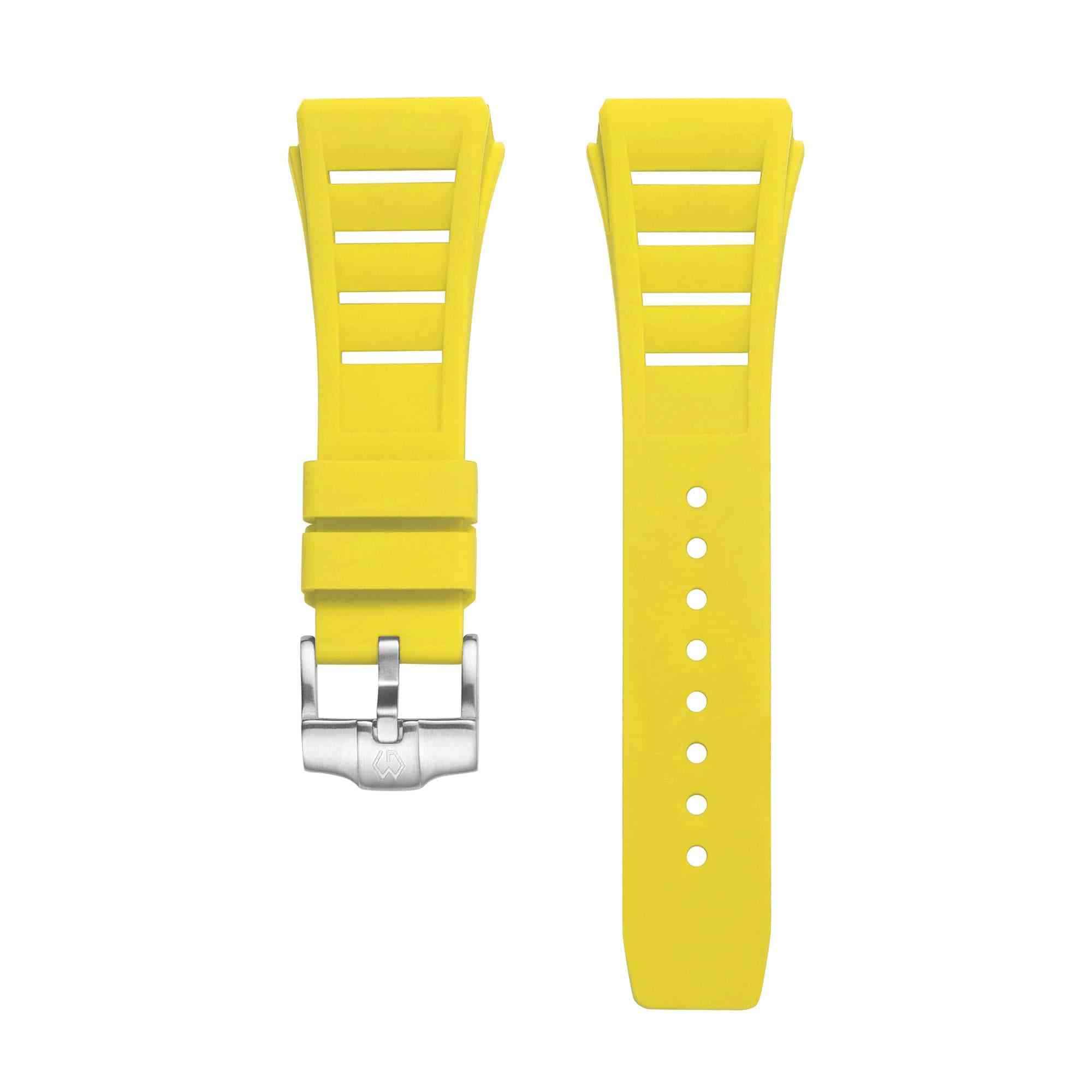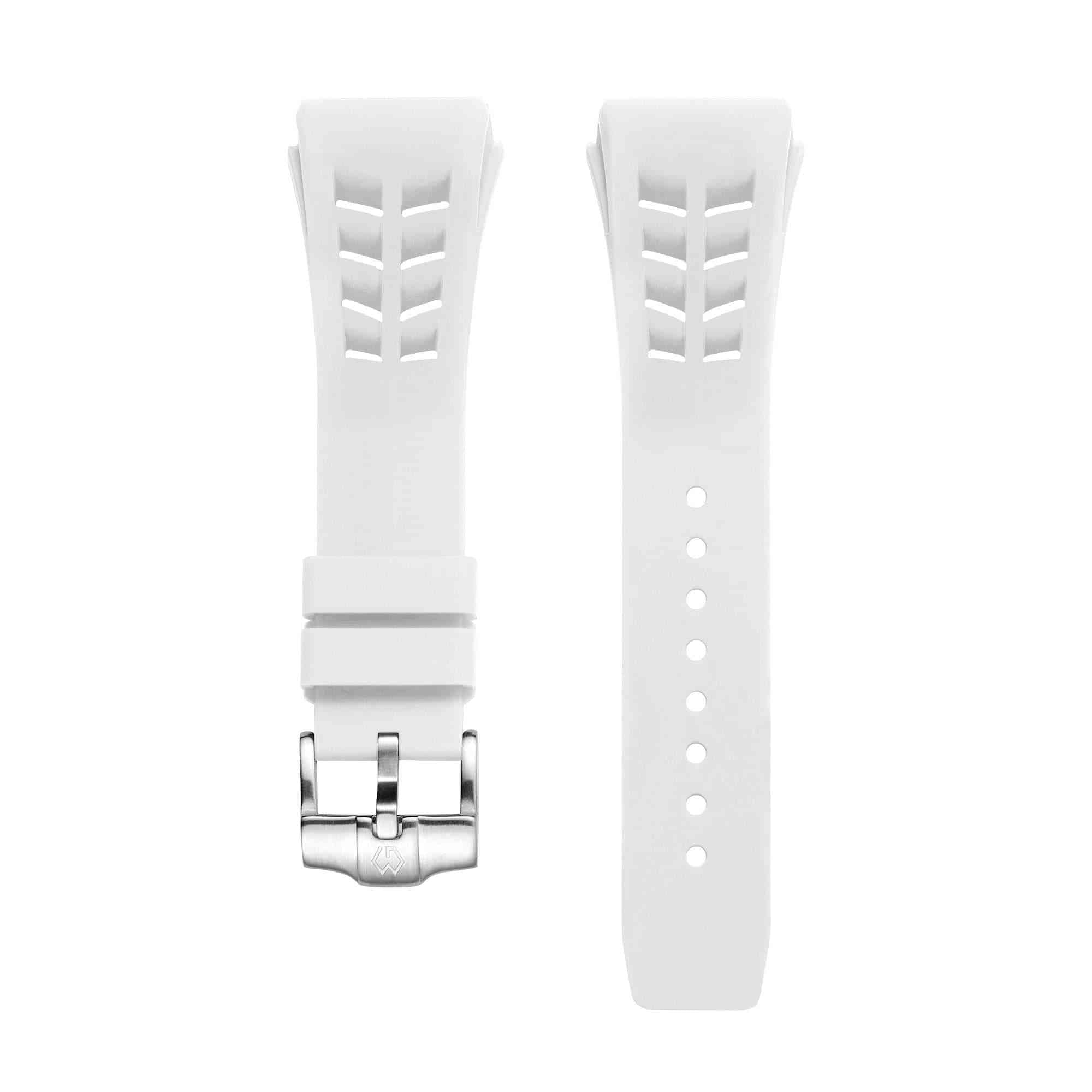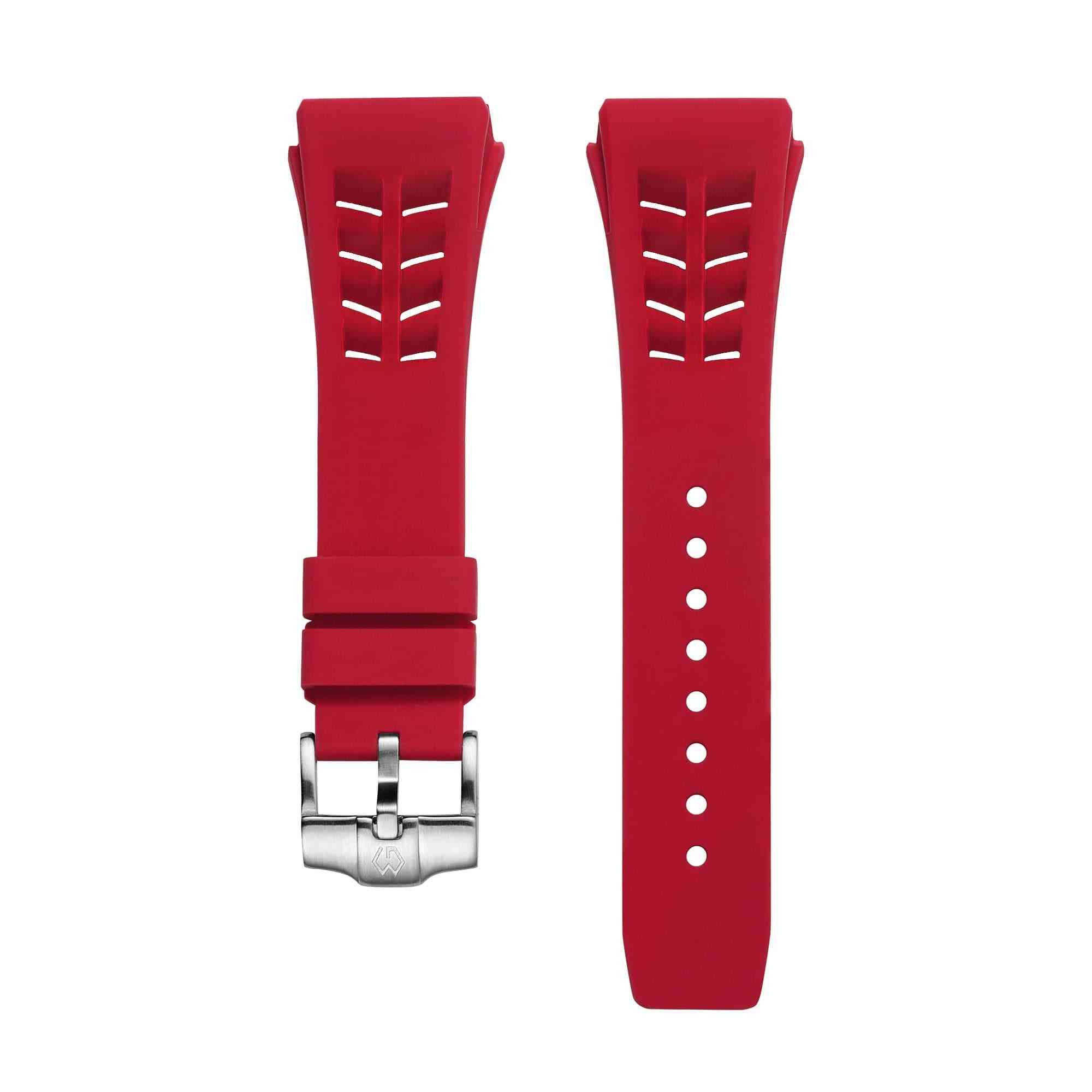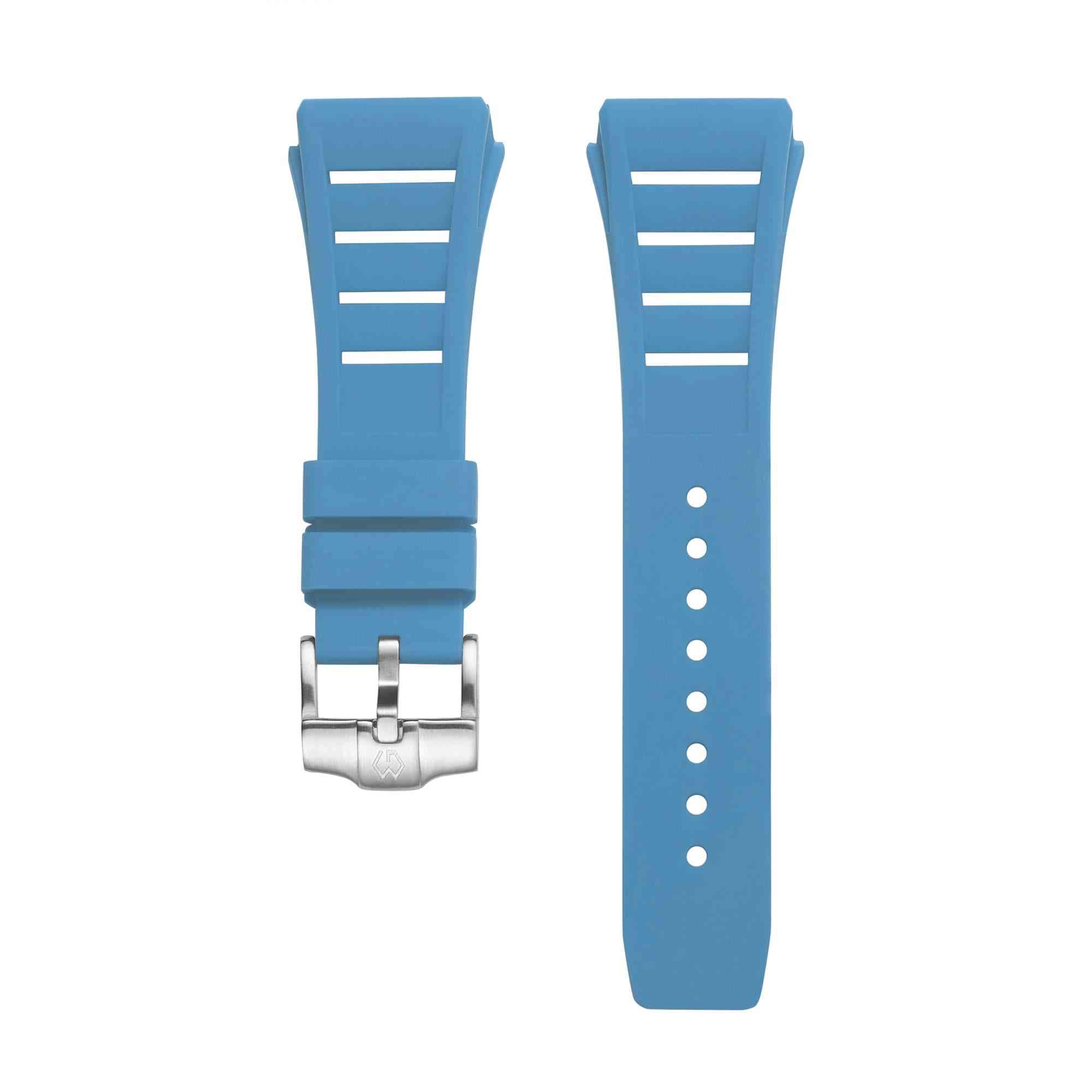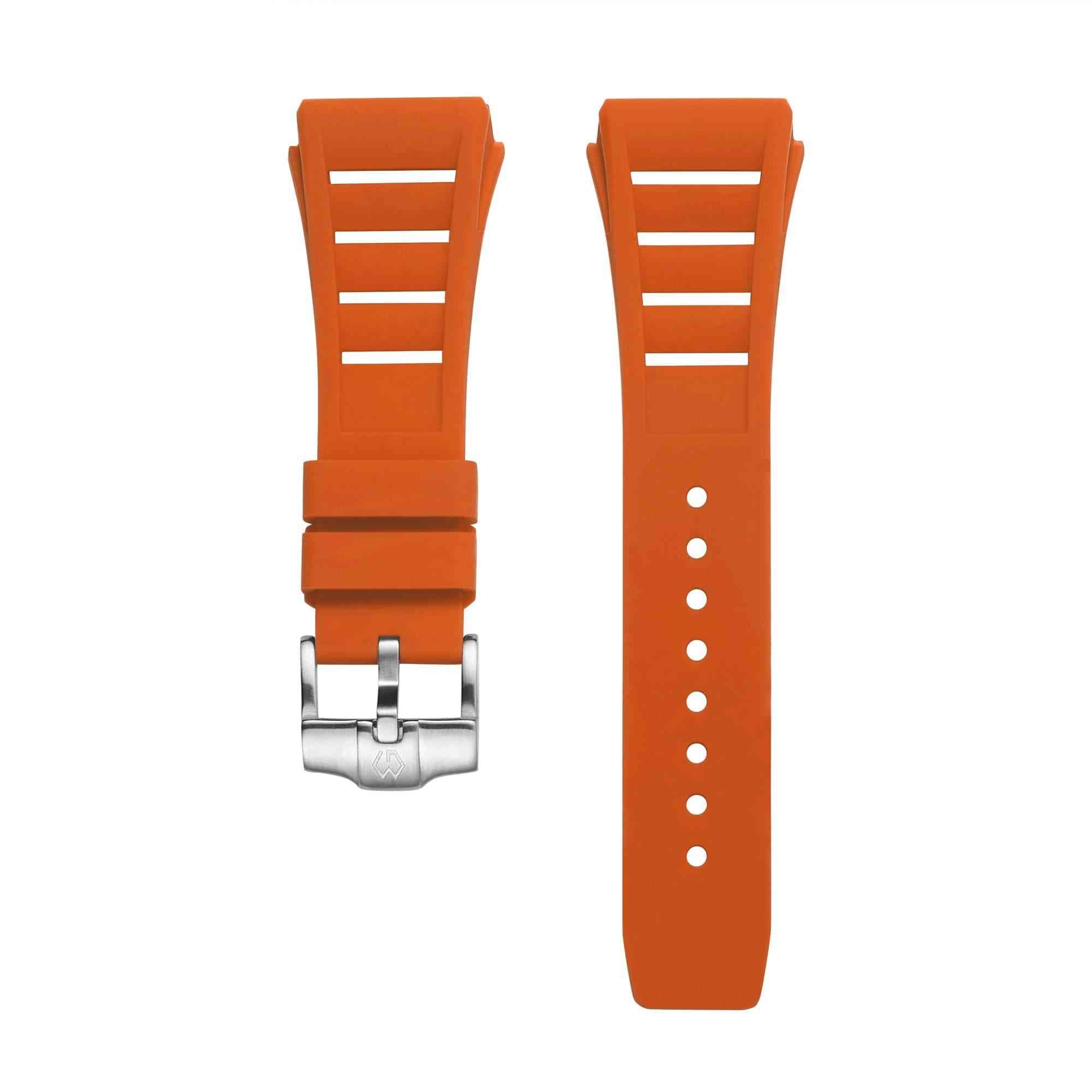Watch knowledge
The Art of Time: The Design and Craftsmanship of Watches
Watches have always been more than just instruments that tell time. They are works of art that showcase the finest craftsmanship and design. From the intricate details of their movements to the elegant contours of their cases, watches are a testament to the beauty of both form and function.
The design of a watch is the product of countless hours of research and development. Every aspect, from the shape of the hands to the size of the numerals, is carefully considered to ensure that the watch is both aesthetically pleasing and easy to read. The case, which protects the delicate inner workings of the watch, is also designed to be both durable and stylish. Whether made of stainless steel, titanium, gold, or another material, the case is a statement of the watchmaker's artistry.
For the Love of Time: The Fascination of Mechanical Watches
Who invented the quartz watch?
A quartz watch and a chronograph, which one do you choose?
Who invented the chronograph?
The invention of the chronograph is attributed to Louis Moinet, a French watchmaker who created the first chronograph in 1816. Moinet's chronograph was designed to measure astronomical events and it was called a "compteur de tierces" or third counter.
However, the first commercial chronograph was produced by Nicolas Rieussec in 1821, who was also a French watchmaker. Rieussec was commissioned by King Louis XVIII to create a device that could accurately measure the time taken by horse races. Rieussec's chronograph used inked pens that marked the dial to record the elapsed time.
When was a mechanical watch invented?
Watch Knowledge
Sparkling Differences: Diamond vs. Crystal
Wishdoit Watches Review (Is the Microbrand Any Good?)
Why Bother with Watches When You Have Your Phone?
Sports&Watches
The Evolution of Watches: Real-Time Capabilities in Modern Timepieces
A Guide to Affordable Mechanical Watches For Men
Sports&Watches : Who do you like in the PGA Championship?
Watches News
Hands On : Wishdoit Perito Moreno Glacier Automatic
First impressions are everything, and the Wishdoit Perito Moreno Glacier watch does not disappoint. From the moment you lay eyes on it, you're immediately struck by its elegant design and attention to detail. The dial, with its mesmerizing shades of blue and white, evokes the icy majesty of the Perito Moreno Glacier itself, while the stainless steel case and bracelet add a touch of modern sophistication.
But the real magic of the Wishdoit Perito Moreno Glacier watch lies beneath the surface. Powered by a precise quartz movement, this watch offers reliable timekeeping performance that you can count on day in and day out. Plus, with features like water resistance and scratch-resistant sapphire crystal, you can wear it with confidence, knowing that it can handle whatever adventures come your way.
Wishdoit F-150 Chrono: An Epitome of Grace & History
Elevate Your Look with the Preferred Men's Watches of 2024
Step into the world of men's fashion and discover the timeless allure of wristwatches in 2024. This year, the trend leans towards understated luxury, where discerning gentlemen seek timepieces that effortlessly marry classic elegance with contemporary flair. Picture sleek stainless steel cases and supple leather straps, meticulously crafted to enhance your style quotient. Among the frontrunners in this arena is Wishdoit watches, renowned for their commitment to craftsmanship and innovation.
These watches not only exude refined luxury but also seamlessly integrate smart features, catering to the modern man's needs. Beyond their functionality, these timepieces narrate stories of heritage and prestige, making them cherished heirlooms for generations to come. So, whether you're a seasoned collector or a novice to horology, embrace the sophistication and versatility of the preferred men's watches of 2024, and let your style speak volumes.

